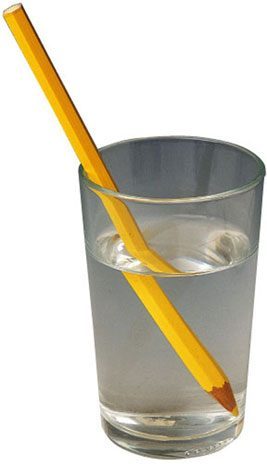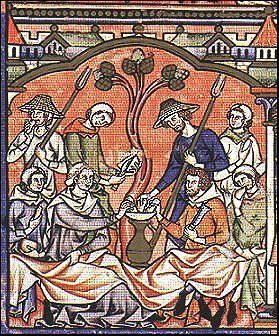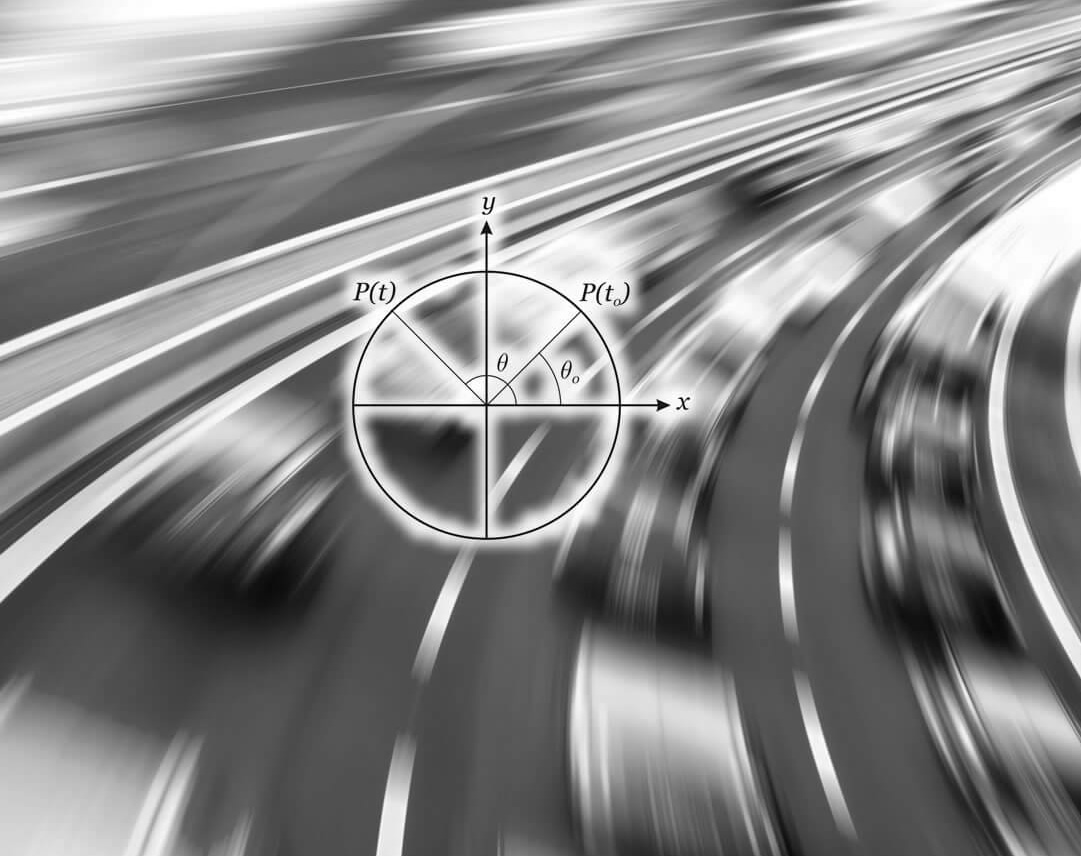 Lithography is a printing technique which consists of the reproduction through printing of what is previously engraved or drawn on limestone. So, putting it in more graphic terms, lithography is the stamping that results from a stone matrix.
Lithography is a printing technique which consists of the reproduction through printing of what is previously engraved or drawn on limestone. So, putting it in more graphic terms, lithography is the stamping that results from a stone matrix.
Meanwhile, its main characteristic is that it is based on the principle of the natural rejection that occurs between water and fat when they come into contact, that is, that is the most outstanding tool that implements this technique the diverse adherence they achieve. substances related to water and those that are not. As the water rejects the greasy ink, it will not be printed.
Meanwhile, once the drawing is made and when the plate is inked, it is worth mentioning that the ink will only ignite in the parts that correspond to the drawing and that were worked with grease and in the rest the ink will come off. It is a sine quanom condition that the stone be porous in order to absorb water and granularly fine to retain fat. Calcareous stone turns out to be the most suitable stone to carry out this procedure.
The main difference that can be attributed to this printing technique with respect to others such as the woodcut and intaglio is that lithography does not use a tool or a corrosive element to affect the surface, and as a consequence it should not be considered as a formal engraving system but it would be more appropriate to speak of a stamping system.
This procedure was created towards the end of the 18th century, more precisely in the year 1796, by the German inventor and musician Johann Aloys Senefelder. The story goes that one morning Senefelder only had a polished stone and a grease pencil on hand and then there he dared to write the list of clothes he had to take to wash. That was the kickoff of the lithography. To this almost primary need was added a professional need to publicize his plays and the scores he used at low costs, and for instance, the method used for the list stood as an excellent alternative in that sense.
Also to each of the reproductions that are achieved through the technique previously explained they are called lithography.









